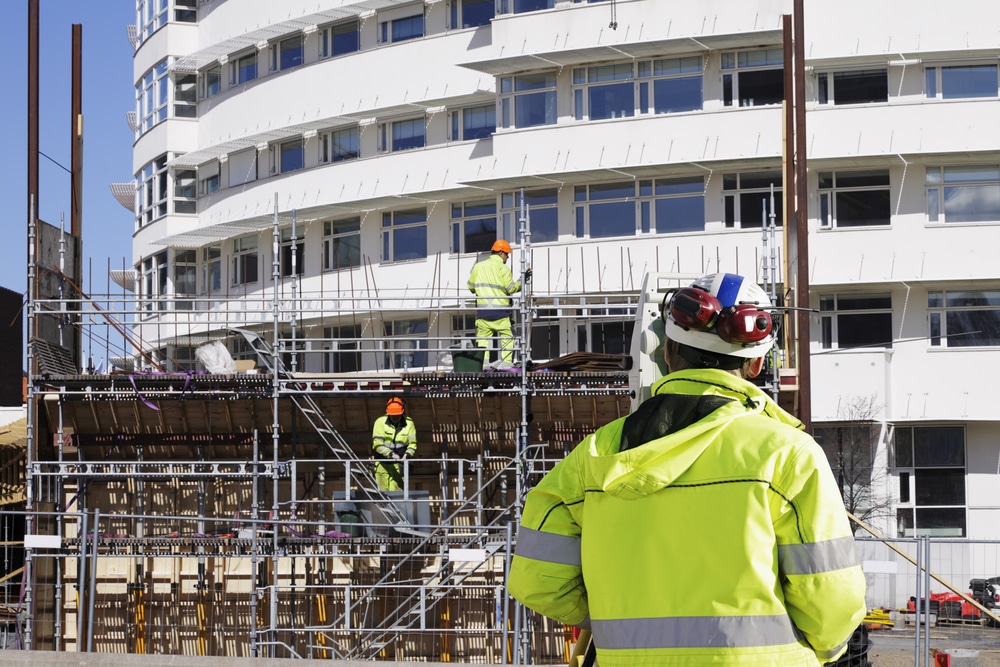In a perfect world, you have everything you need to know before you attend a meeting at work. You have all your meeting materials before you step into the conference room, with everything tagged and accessible once the meeting starts. In a perfect world, it’s the same for all the other participants and the administrators. Never a moment that anyone feels lost, confused or dumb.
This could be your perfect world and it is actually not that far from reality. Today, you can make your meetings smarter by optimising your entire meeting process with a digital checklist form. Streamline your time, documents and processes before, during and after meetings. Have better meeting preparations, more informed meetings, and well-organised meeting results.
Below is an example of a traditional checklist for a meeting flowchart as borrowed from Coast Leadership Consulting Group. It serves as a guide for an administrator of a meeting (but most questions can also be used as a guide by meeting attendees). Let’s see the content and discuss how a digital checklist would take it to another level.
Meeting Flow Chart Checklist
Step 1: Prepare for the meeting in advance
- Have I decided what results I want/are needed from the meeting?
- Have I identified what type of meeting is needed?
- Information sharing?
- Demonstration/instruction?
- Venting/complaining?
- Problem-solving?
- Negotiation?
- Coordination?
- Have I prepared an agenda?
- Have I listed things to do?
- Have I set priorities on things to do and get?
- Have I made an attendance list?
- Have I set the time and place?
- Have I notified people early enough about the purpose, time, place, length of the meeting?
Step 2: Control the agenda during the meeting
- Have I taken care of all meeting arrangement:
- Audiovisual, etc. (flipchart, markers, tape, etc.)?
- Handouts?
- Introductions, if needed?
- Breaks/refreshments?
- Others?
- Have I restated the purpose and objectives of the meeting?
- Have I created/reviewed the agenda?
- Have I assigned someone to take notes?
- Have I controlled the agenda during the meeting?
- Have I summarised the discussion and recapped the major points and commitments made?
- Do I have an understanding and agreement on my stated purpose and meeting objectives?
Step 3: Record and document action assignments
- Have all the major decisions made in the meeting been recorded?
- Have I reviewed the notes of the meeting to make sure they are complete and accurate?
- Do the meeting notes show who is responsible to carry out each decision, and by when?
- Have the notes been converted to “action assignments” and typed up?
- Have the minutes been given to all persons involved (attendees and others?)
Step 4: Follow up action assignments
- Have I delegated someone to follow up action assignments?
- Have I put my own commitments and action assignments on my calendar or ‘to do’ list?
- Did I inform my boss about the meeting and its results, either in person or in writing?
Before a Meeting with a Digital Checklist
A digital checklist solution allows the organiser of a meeting easier administration. Depending on the tech solution the organiser uses, different checklists can be linked to have better control and more logical flow of the documents, agenda and the actual meeting itself. For example, the project manager can have all the meeting agenda and documents uploaded and sent to all meeting participants.
The participants, on the other hand, can leave comments on the agenda documents, which is great for collaborative preparation.
Meeting details can be synced with your device like calendar sync, where both participants and administrator can retrieve the meeting dates from their gadgets’ calendars.
Related reading: Secure the workflow of your administrative tasks by using checklists.
Your digital checklist during the meeting
The meeting organiser can have or assign someone to have an attendance checklist where the presence of the attendants is directly recorded on the app or software. Tasks can be directly entered and assigned to a participant. These attendance details and tasks go directly in one place that is easily searchable and retrievable. Due dates can be added and can be checked off as completed when done. Tasks are clearly assigned and would not cause any doubt or confusion who needs to take action. Notes and decisions can be added during the meeting for further clarity and transparency.
After-meeting digital checklist
Notes and decisions can be included with the meeting minutes and can be generated as reports that can be sent to all participants or interested parties via the app or by email. Because the checklists are stored in one place, you can easily search and find previous meetings. It’s easy to retrieve missing information, or to trace a person responsible for specific actionable tasks.
Meetings do not have to be long and windy, with awkward visual presentations you have to lug around. You can have a logical checklist that can help you deliver a straightforward and clear agenda that is open to inclusive collaboration. Using tech smartly can result to smarter meetings and smarter outcomes.
For more templates of checklists you might need, check out our ultimate guide to construction checklists.




